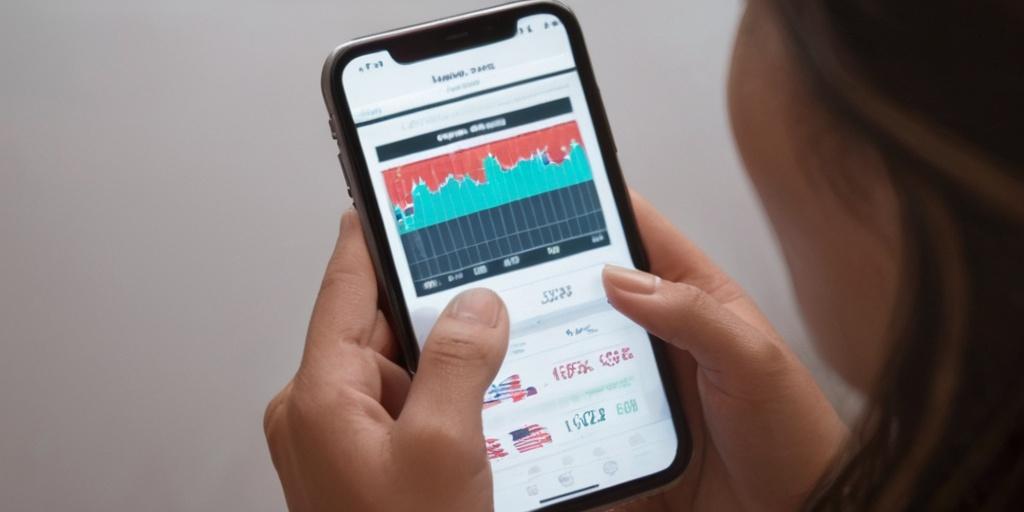Key Take Aways About Value Investing (long-term trading style)
- Value investing involves identifying undervalued stocks and holding them long-term.
- Key principle: buy low, sell high, with a focus on solid fundamentals.
- Benjamin Graham’s “The Intelligent Investor” emphasizes a margin of safety.
- Analyzing intrinsic value involves financial ratios like P/E and P/B.
- Warren Buffett exemplifies success in value investing by holding quality companies.
- Value investing requires patience to wait for market recognition and beware of value traps.
- A disciplined, long-term approach can lead to significant financial gains.

Value Investing 101
Value investing is like treasure hunting for stock market enthusiasts. Unlike the fast-paced world of day trading, it’s more of a marathon than a sprint. Investors look for undervalued stocks, hoping to cash in when the market finally recognizes their worth. It’s like betting on the dark horse in a horse race, minus the fancy hats and mint juleps.
The Basics of Value Investing
At its core, value investing is about identifying stocks that are trading for less than their intrinsic value. The idea is to buy these stocks, hold them for the long haul, and then sell them once the market catches up. Think of it like buying a painting at a garage sale only to find out it’s a masterpiece. The goal is to find companies with solid fundamentals that the market has temporarily overlooked.
Ben Graham and the Intelligent Investor
Benjamin Graham, often hailed as the godfather of value investing, laid down the principles in his seminal book, “The Intelligent Investor.” Graham was about as straightforward as they come: buy low, sell high, and don’t let your emotions dictate your investment moves. He was that no-nonsense uncle who told you to save your pennies and avoid those get-rich-quick schemes.
The Margin of Safety
The margin of safety is a cornerstone of Graham’s philosophy. It’s the idea of leaving a buffer between a stock’s intrinsic value and its market price. It’s like wearing a belt and suspenders to make sure your pants don’t fall down. By maintaining a healthy margin of safety, investors can minimize their risk and protect themselves against unforeseen market fluctuations.
Identifying Intrinsic Value
Now, how do you figure out a company’s intrinsic value? It’s a bit like piecing together a puzzle without the box lid. This involves analyzing financial statements, calculating ratios like the price-to-earnings (P/E) ratio, and considering future earnings potential. It’s part art, part science, and a little bit of luck.
Financial Ratios: The Investor’s Toolbox
– **Price-to-Earnings (P/E) Ratio**: This ratio compares a company’s current share price to its earnings per share. A lower P/E might indicate that a stock is undervalued, but it’s also important to compare it with industry peers.
– **Price-to-Book (P/B) Ratio**: This measures a company’s market value relative to its book value. It’s like comparing the price of a house to its appraised value.
– **Debt-to-Equity Ratio**: This indicates a company’s financial leverage and tells you how much debt is being used to finance the company. A high ratio might raise some red flags.
Case Study: Warren Buffett
Warren Buffett, CEO of Berkshire Hathaway, is perhaps the most famous disciple of value investing. Buffett’s strategy involves buying quality companies with strong competitive advantages and holding them for decades. It’s like planting an apple tree and waiting patiently for it to bear fruit. One of his famous investments was Coca-Cola, a company with a strong brand and consistent earnings.
Patience, Patience, and More Patience
Value investing is not for the impatient. It’s about playing the long game. Markets can be irrational, and it can take years, sometimes decades, for a stock’s price to reflect its true value. This means enduring market volatility and staying the course. It’s like sitting through a long, dull movie, hoping for a blockbuster ending.
The Risks of Value Traps
But beware of value traps—stocks that seem undervalued but are actually just cheap for a reason. These can erode capital and lead to losses if not identified early. It’s like buying a fixer-upper house, only to find out it’s infested with termites.
Conclusion
In essence, value investing is a disciplined, research-driven approach that requires a cool head and a long-term perspective. It’s not as flashy as other trading styles, but it can lead to substantial gains if executed properly. For those with the patience and resolve, value investing can be a rewarding journey to financial gain—just remember to bring your flashlight, because the treasure hunt may take some time.